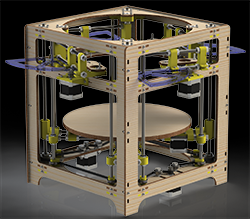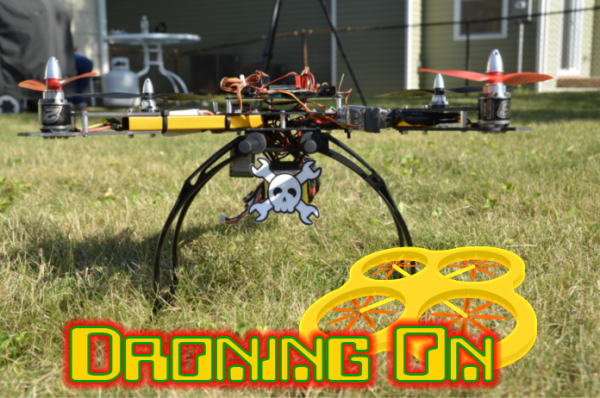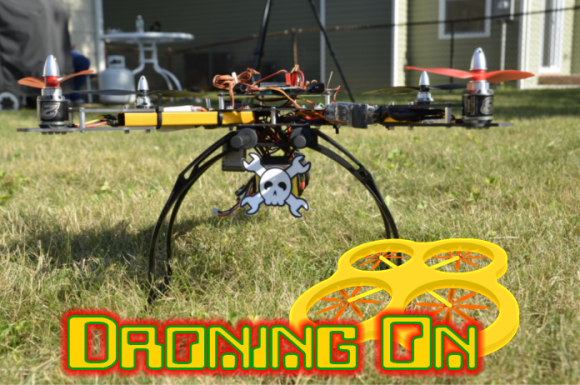
[risknc] and [mpinner] have been working on a couple of LED light staff designs for a while now and have come up with a prototype that can light up the night with an array of streaming colors. There is even a dial that can turn up and down the brightness.
Originally, [risknc] began developing his own project at SpaceX and dove further into the idea right before Burning Man. The visual effects, when twirled through the air, produced an extremely bright flow of energy that can be seen circling around the user.
The 8ft long carbon fiber staff was stuffed to the edges with RGB LEDs. Neopixel strips at 60 LED per meter were used to alternate between colors, and a whole bunch of white capable LEDs were embedded into the staff as well. One of early designs was purposefully left at a local hackerspace called Crashspace in Culver City, California. Photos of community members trying it out surfaced on the hackerspace’s website. In addition, a description of the staff and a few high-quality photos of the ‘Sparkle Stick’ were uploaded on to the Suprmasv projects page. Searching through the pictures reveal an instance that shows the LED light staff being used during a flow session with a fire poi spinner in the background. Perhaps there is a way to combine LEDs and fire? Anyways, a later version of the staff was tested out at the 2014 Maker Faire in San Francisco.
Full specs and logs of the project can be found on Hackaday.io. A quick video of [mpinner]’s light staff being spun around comes up after the break. In the video, it looks like they are testing it out outside of Crashspace as they run through the darkness of the alleyway in the back, lighting up the area with a nice LED glow. Plans for the future include building a bunch of them and wirelessly syncing them up. CAD models will be uploaded soon as well.
Continue reading “LED Light Staffs For The Ultimate Portable Rave”


 The early 3D printers of the 80s and 90s started off as cartesian bots, and this is what the RepRap project took a cue from for the earliest open source 3D printer designs. A bit later, the delta bot came on the scene, but this was merely a different way to move a toolhead around build plate. We haven’t really seen a true polar coordinate 3D printer,
The early 3D printers of the 80s and 90s started off as cartesian bots, and this is what the RepRap project took a cue from for the earliest open source 3D printer designs. A bit later, the delta bot came on the scene, but this was merely a different way to move a toolhead around build plate. We haven’t really seen a true polar coordinate 3D printer,  The project featured in this post is
The project featured in this post is 















